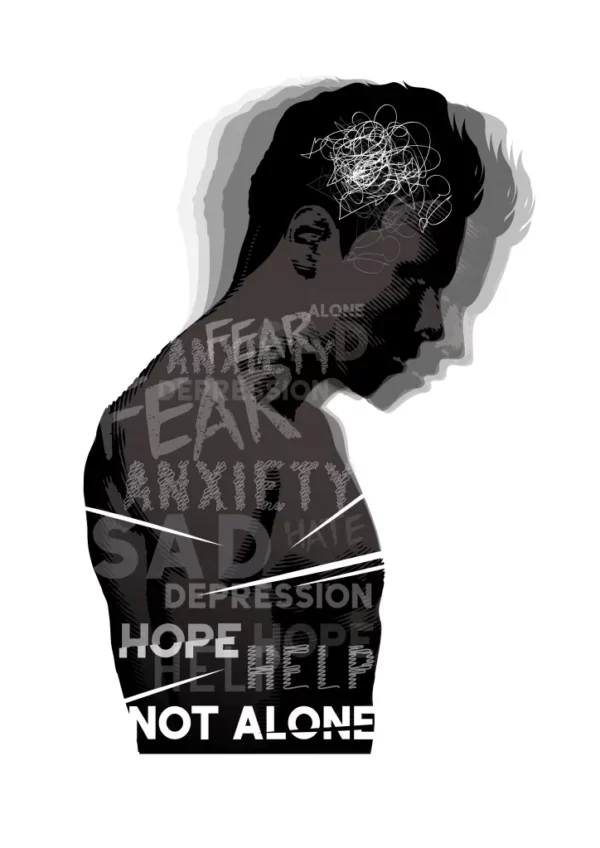Trauma is one of the most pressing issues of our time. It can affect people from all walks of life, from soldiers returning from war to survivors of sexual abuse. Until recently, there has been no effective form of trauma treatment. However, new psychology called “somatic experiencing” is changing that. Somatic experiencing involves addressing the body’s sensations and emotions as they arise, rather than trying to suppress them. This approach is remarkably effective in healing trauma. In this blog post, we will discuss somatic experiences and their benefits for those who suffer from trauma.
Contents
What Is Somatic Experiencing?

Somatic experiencing is a new form of psychology that is based on the idea that the body and mind are interconnected. This means that when one experiences trauma, it is not only the mind that is affected but the body as well. Somatic experiencing focuses on the body’s response to trauma and aims to address the sensations and emotions that arise as a result of it. Somatic experiencing is a promising new approach to treating trauma and the overall impact it has on one’s physical as well as mental health. It also follows a less direct and more incremental approach to revisiting trauma.
Techniques Used In Somatic Experiencing
Somatic therapy engages a person’s body as a therapy technique and draws from the basic functions of the nervous system for effectiveness. The psychology of somatic experiencing includes the following primary concepts.
Grounding
Grounding refers to a body-based self-soothing technique that helps a person embody their emotions and feel the sensations in their physical proximity. This self-awareness makes a person work towards calming themselves, hence relaxing the nervous system.
Boundary formation
This enhances the feeling of strength, independence, and protection and further empowers an individual to be responsive to their needs.
Self-regulation
With an important emphasis on staying mindfully connected to the body while experiencing heavy emotions, self-regulation aims to develop awareness about our physical responses to emotional stimuli.
Movement
This aspect focuses on the influence of physical factors like postures, gestures, and the use of space to mindfully engage with emotions.
Sequencing
Sequencing observes the patterns of movement of emotion. For example, a feeling of tension may build up in the belly, travel up to the chest, and eventually settle in the throat.
Dance Therapy
This helps the client to get in touch with their inner self and cultivate the skills to cope with intense emotions and resurfacing traumas.
Massage
Somatic massage therapy focuses on areas of pain or trauma and applies physical techniques for healing.
Physical exercise
Exercising helps in shifting the focus on physical sensations instead of emotions and thoughts, enhancing the feeling of in-body experiences and being in touch with yourself.
Titration
Titration refers to the process of experiencing small amounts of distress to increase a sense of tolerance, eventually reducing the overwhelming feelings when exposed to triggering stimuli.
SIBAM framework
This is a 5 step framework that helps clients incorporate the space for processing trauma. Somatic practitioners follow a bottom-up approach
- Sensation: This helps in noting and experiencing the bodily sensations that one may not have taken into consideration before.
- Imagery: In this aspect, guided imagery is used by the therapist as a way to increase open communication of the client’s thoughts and ideas.
- Behavior: This part involves the therapist’s observation of the client’s behavioral responses. For example, body language, posture, etc.
- Affect: It involves the client’s display of emotions to the external world through words, actions, and expressions.
- Meaning: Finally, this aspect looks at the client’s perception and experiences of therapy.
What To Expect?

Your therapist will first start by asking for details about your trauma-related past. This is done keeping in mind your comfort and willingness to open up.
Since the therapeutic process may involve instances of physical touch between the client and therapist, it is important to establish a sense of safety and trust to ensure maximum effectiveness.
The therapist will then start by asking the client to share the details little by little to monitor any physical reactions
Therapists make use of a therapeutic process of going back and forth between the state of trauma and calmness, known as pendulation.
Benefits Of Somatic Experiencing

Somatic experiencing therapy helps in treating severe clinical disorders like
In addition to the treatment of these disorders, this approach to therapy also helps in the following ways:
- Releases the trauma “trapped” inside the body
- Eases the cognitive and physical symptoms of the “freeze” response to fear/trauma
- Fights emotional dysregulation
- Develops bodily awareness
- Builds tools for self-improvement
- Increases awareness about the working of your nervous system
Limitations Of Somatic Experiencing
Although SE has shown to be beneficial in the treatment of trauma, it is not without its limitations.
- This method is still considered to be a “new” form of therapy and therefore, lacks long-term research to support its efficacy.
- It may also not be suitable for everyone as some people may find it difficult to open up about their traumas.
- SE can also be quite costly as it requires multiple sessions with a trained professional.
- The therapist may have to initiate some degree of physical touch. This may be uncomfortable or triggering for some clients.
- Somatic experiencing is a relatively new field and more research needs to be conducted to determine its long-term efficacy.
Conclusion
Somatic experiencing is a body-based approach to healing trauma. The goal of somatic experiencing is to help the client become more aware of and regulate their bodily sensations and emotions. Somatic experiencing is an effective trauma treatment, with multiple benefits that improve the quality of life. It is important to remember that somatic experiencing is not a quick fix; it is a process that takes time and patience. However, for those who are willing to commit to the process, somatic experiencing can offer a way to heal the mind, body, and soul.
A Word From Therapy Mantra
Your mental health — Your psychological, emotional, and social well-being — has an impact on every aspect of your life. Positive mental health essentially allows you to effectively deal with life’s everyday challenges.
At TherapyMantra, we have a team of therapists who provide affordable online therapy to assist you with issues such as depression, anxiety, stress, workplace Issues, addiction, relationship, OCD, LGBTQ, and PTSD. You can book a free therapy or download our free Android or iOS app.


